ADS8: Sport Stories: Beyond Competition, Towards New Politics of Movement
Jump to
In 2025/26, ADS8 approaches sport as an expanded field, encompassing Olympic and non-Olympic disciplines, but also less obviously “sporty” practices: raves, urban dance, cycle delivery, arbonauts, and other forms of urban movement.
Studio Tutors: Ippolito Pestellini, Erica Petrillo & Marisa Musing
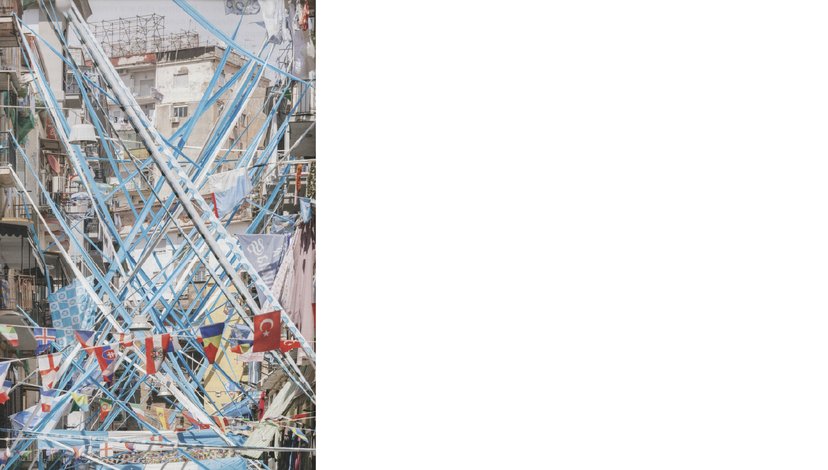
Giovanna Silva. Napoli, Mousse Publishing, 2023
Both spectacle and practice, sports capture global attention and resources more than almost any other activity, while also permeating everyday life in streets, parks, squares, and beaches. Sport is thus a societal mirror, reflecting class, racial, gender, and ableist biases, at the same time that it offers glimpses of more inclusive, intersectional futures.
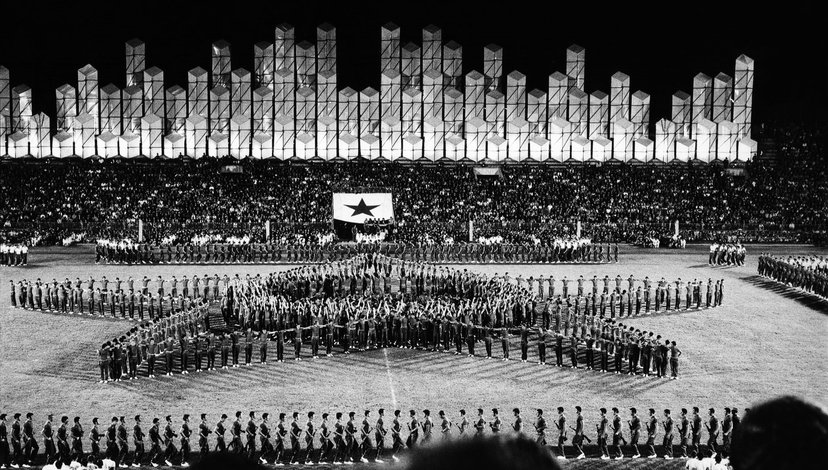
Youth Day at the JNA Stadium in Yugoslavia, 1975
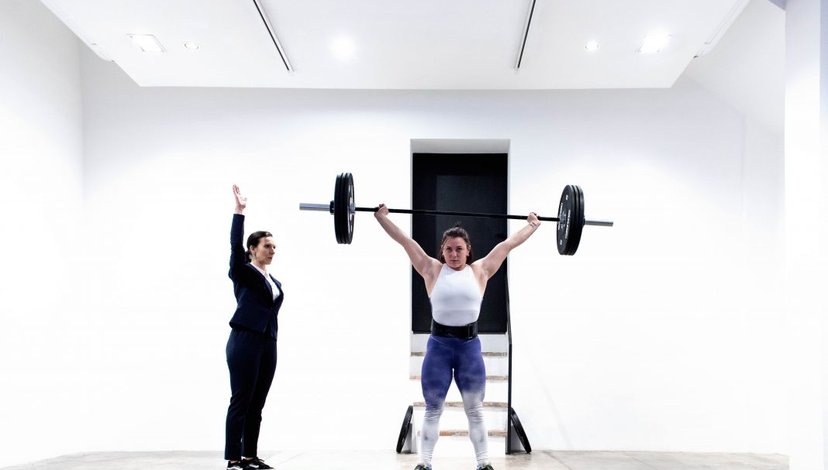
Marilisa Cosello, Try #5, 2022, Galleria Studio G7, Bologna. Photo: Paolo Poce
Sports are never neutral: they are a contested, ideological terrain. Global megaevents operate as stages for national branding and “sportswashing,” while infrastructures like stadiums and pools embody political ideologies, memories, and traumas. The sporting body is always political – disciplined, celebrated, racialised, gendered – while sport itself underpins narratives of nationhood, belonging, and resistance. Historically tied to ideals of the “perfect body,” today sports also embrace plural performances and technologies that stretch physiological limits, from prosthetics to AI-driven monitoring.
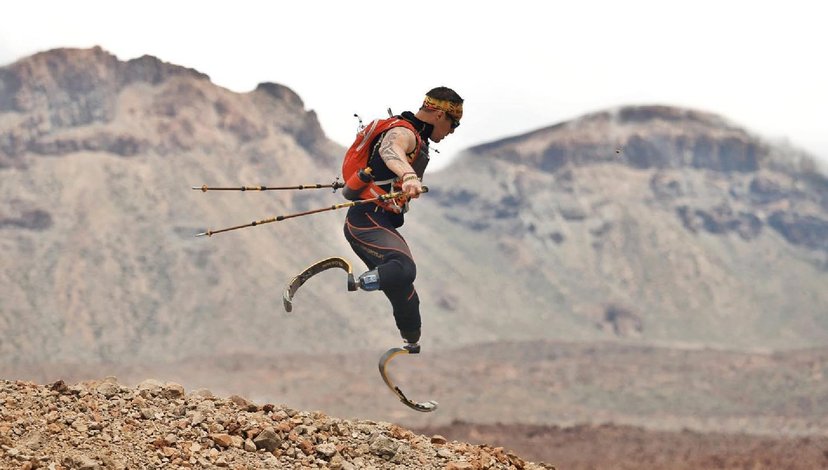
Andrea Lanfri, Mount Teide in Tenerife island – photo courtesy of Archivio Andrea Lanfri
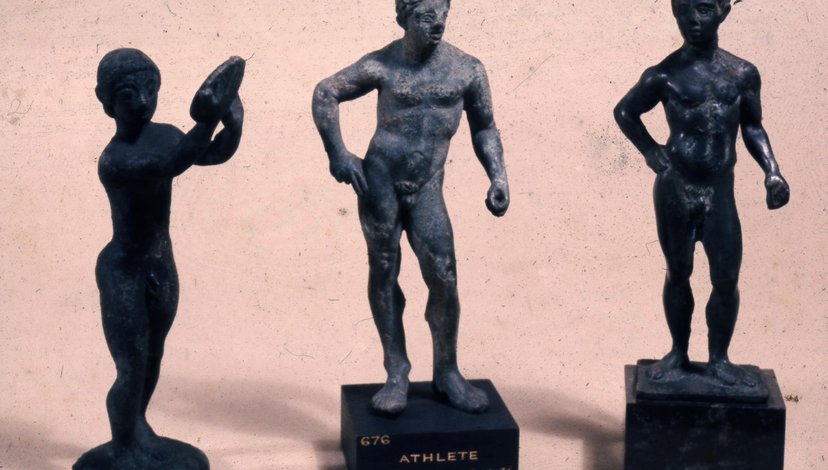
Bronze statuette of youth about to throw a discus, 480BC-460BC_© The Trustees of the British Museum
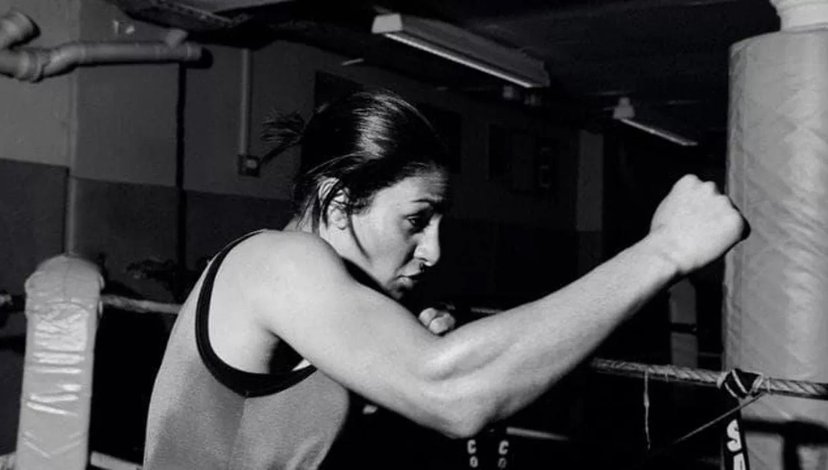
Imane Khelif. Photo: Sam Rock
Gender in sports remains a battleground. Inequalities in participation and funding persist, yet milestones such as gender parity at the 2024 Paris Olympics signal transformative shifts. Sports can also be a site of more radical challenges to binary norms, fostering queer activism and fluid identities.
While professional sport has become a multi-billion-dollar industry, its urban roots persist in informal practices. Yet these public spaces are shrinking. In England, 250 school playing fields were lost between 2010 and 2021, and, in many European cities, less than 10% of public space is child-friendly. Still, activities like skateboarding, street soccer, and calisthenics thrive in interstitial spaces – underpasses, plazas, rooftops – sustaining community and creativity beyond market logic.
Ultimately, sports embody a series of contemporary contradictions: national identity versus multicultural belonging, commodification versus grassroots initiatives, spectacle versus informal play, and norms versus freedom.
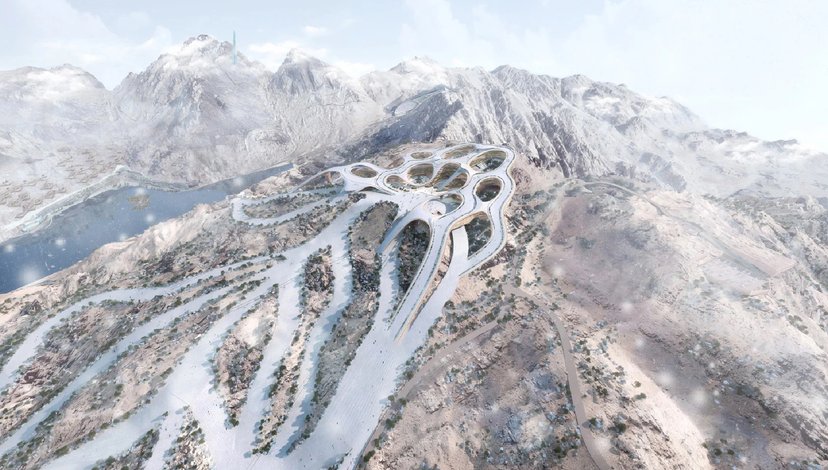
Trojena ski resort, NEOM, Saudi Arabia, 2022
This year, ADS8 approaches sport as an expanded field, encompassing Olympic and non-Olympic disciplines, but also less obviously “sporty” practices: raves, urban dance, cycle delivery, arbonauts, and other forms of urban movement – all instances of bodies in motion shaping collective life in the contemporary space. Sport Stories will explore the spatial dimensions of sport as critical nodes where cultural, urban, environmental, and technological thresholds intersect.
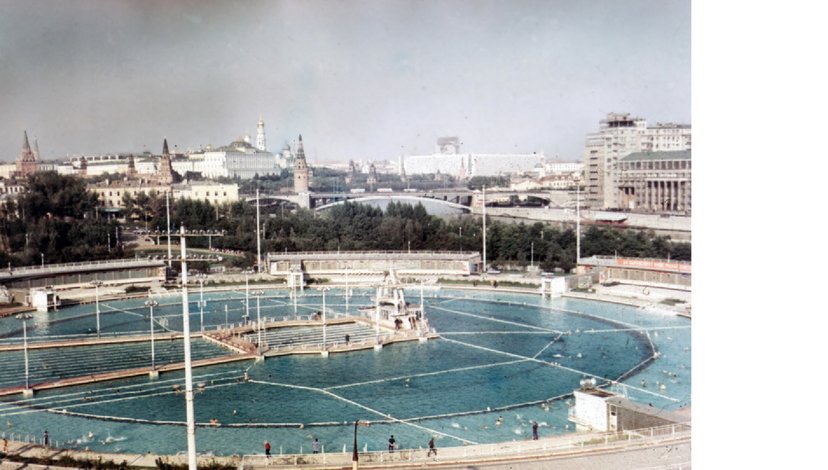
Moskva Pool, Moscow, USSR, 1969
Students will select a case study related to a sport of their choice, in London or elsewhere, focusing on spaces that host specific practices and the communities that inhabit them. Projects will critically rethink such spaces, rewrite their “rules,” and imagine alternatives that challenge exclusionary dynamics while fostering collaboration, storytelling, and shared movement. Students are encouraged to subvert dominant norms—heteronormativity, ableism, Western-centrism—and explore new models of identity and community. They will treat bodies in movement as expanding territories of experimentation, designing rules, tools, and environments that enable collective re-imagination.
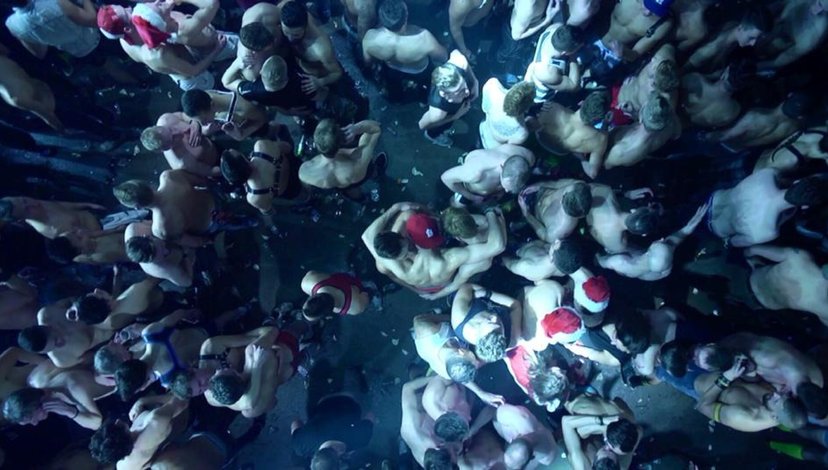
I Dance Alone, Bogomir Doringer, Fun House Party, Amsterdam, 2015
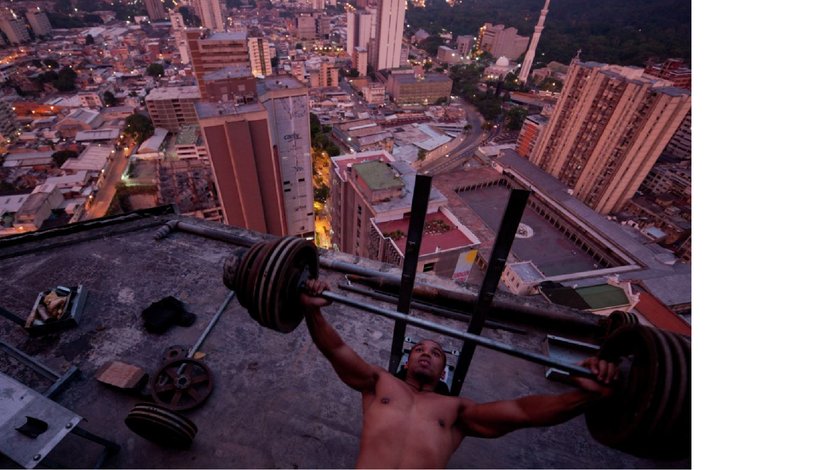
Torre David, Caracas, Venezuela, 2011 — photo by Iwan Baan
Through seminars, readings, and workshops, students will combine critical analysis with speculative design. Outputs may include essays, films, installations, performances, digital environments, or spatial interventions. Term 1 will emphasize mapping and research; Term 2 will develop speculative scenarios and design strategies; and Term 3 will focus on final proposals, articulated through written, visual, and spatial media.
Ultimately, Sport Stories positions sport as a site of contestation and possibility, where identity, body, culture, and space intersect, and where new imaginaries of public life can emerge.
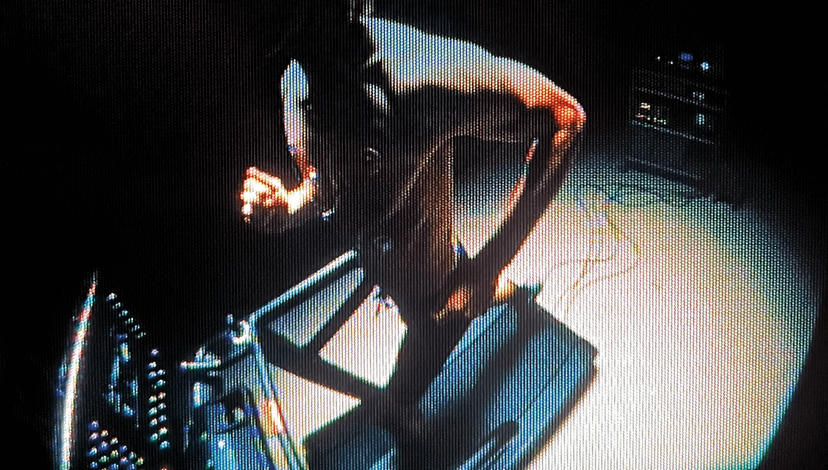
Mental Athletic, THE LOST SYMPHONY. New Balance_Grey Noise, 2024
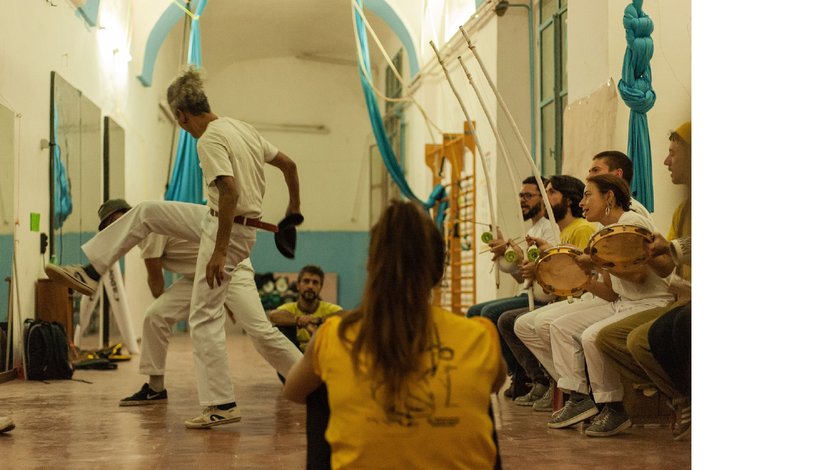
Scugnizzo Liberato, Naples
Live Project/Field Trip:
A field trip to Naples will provide an opportunity to engage with a wide range of sporting geographies—from informal grassroots initiatives to major urban infrastructures. The field trip will begin with an immersive engagement at Scugnizzo Liberato (literally, "The Freed Street Kid"), a former juvenile detention centre where students will work collaboratively with local actors, culminating in a participatory design project developed with and for these communities.
Teaching Day: Tuesday
Studio Tutors: Ippolito Pestellini & Erica Petrillo
Ippolito Pestellini Laparelli is an architect and curator whose work encompasses technology, politics, design, and environmental practices. Formerly a partner at OMA, he founded the interdisciplinary agency 2050+ in Milan to deploy space as a medium rather than a goal. Ippolito teaches at the Royal College of Arts in London Data Matter, a research and design studio exploring the entangled relationship between data and the material world. His work has been shown internationally in various institutions, festivals, and exhibitions.
Erica Petrillo is a curator and researcher with a background in political philosophy and social sciences. She has curated public programs and exhibitions for various cultural institutions, in Italy and beyond. Prior to joining 2050+, she worked at The Museum of Modern Art in New York, where she was responsible for the series of monthly R&D Salons; co-curated Broken Nature, the 22nd Triennale di Milano; and was the 2019-20 curator-in-residence at the van Eyck Academie in Maastricht.